Virtual reality utilizes computer technology to provide users an experience of objects or situations that do not exist. For example, Using VR, a user can experience swimming with dolphins, flying a spaceship, riding a roller coaster ride, and visit a newly constructed building without leaving their comfort zone.
In this article, we will discuss what is virtual reality? its key characteristics, types, and applications. We suggest you also read this article on the difference between Extended Reality Technologies AR vs VR vs MR.
What is Virtual Reality?
Virtual reality is an extended reality technology that is changing the way we interact with computers. VR utilizes computer technology to create simulation environments to convince the human brain in a different environment. For example, you can experience the Taj Mahal while sitting in a classroom.
Humans experience or feel things by using their senses such as touch, vision, sound, smell, taste, etc. Virtual reality provides an immersive user experience by simulating various human senses such as vision, touch, and sound.
The higher the number of senses a VR device can control, the better will be the user experience. Right now, VR technology is still in the initial stages of development. To experience VR, users need to wear various VR devices.
Key Characteristics of Virtual Reality
VR system shall have the following key characteristics to make the VR experience more realistic. The higher the sense of these characteristics, the user experience will be more realistic.
Believable Virtual Word
The believable virtual world is a key characteristic of Virtual Reality. The virtual world is a computer-generated responsive 3-Dimensional virtual environment where real-world rules are applied.
Therefore VR experience can become more realistic if the 3D virtual world has the following characteristics.
- Closer to the real world.
- Responsive.
- Interactive.
- Fast.
- Bug-free.
For example, designing a VR application where a human can fly, or jump a 20-meter wall will not look realistic. And the user will not be able to immerse himself in the virtual world because you are not creating a realistic VR experience.
Immersive
VR needs to interact with user senses to ensure users believe they are physically present in the real world while being in a virtual environment. User experience in VR depends on the number of human senses a VR device can control.
The best VR device can control all five human senses. But technology to control all five human senses is not available to date. Matrix movie is the best example where machines control all human senses.
Feedback
Getting feedback is a key characteristic of virtual reality. It makes the VR experience more realistic and interactive.
For example, while playing boxing in a VR environment. VR experience will be more realistic if user experiences that hit through vibration sound or any other means.
Interactive
The virtual world should be interactive and fast to make the VR experience more realistic. For example, the VR experience is more realistic when the virtual environment responds to user action naturally and with minimal lag.
Key Devices for Virtual Reality System
You can use the following devices to create a VR experience more realistic and simulate human senses.
Virtual Reality Headset
A high-end VR headset consists of a display unit and earphones for audio simulation and gets input from computing devices such as X-box or PlayStation. Whereas low-cost VR devices utilize smartphone screens as display and smartphone vibrations provide haptic feedback.
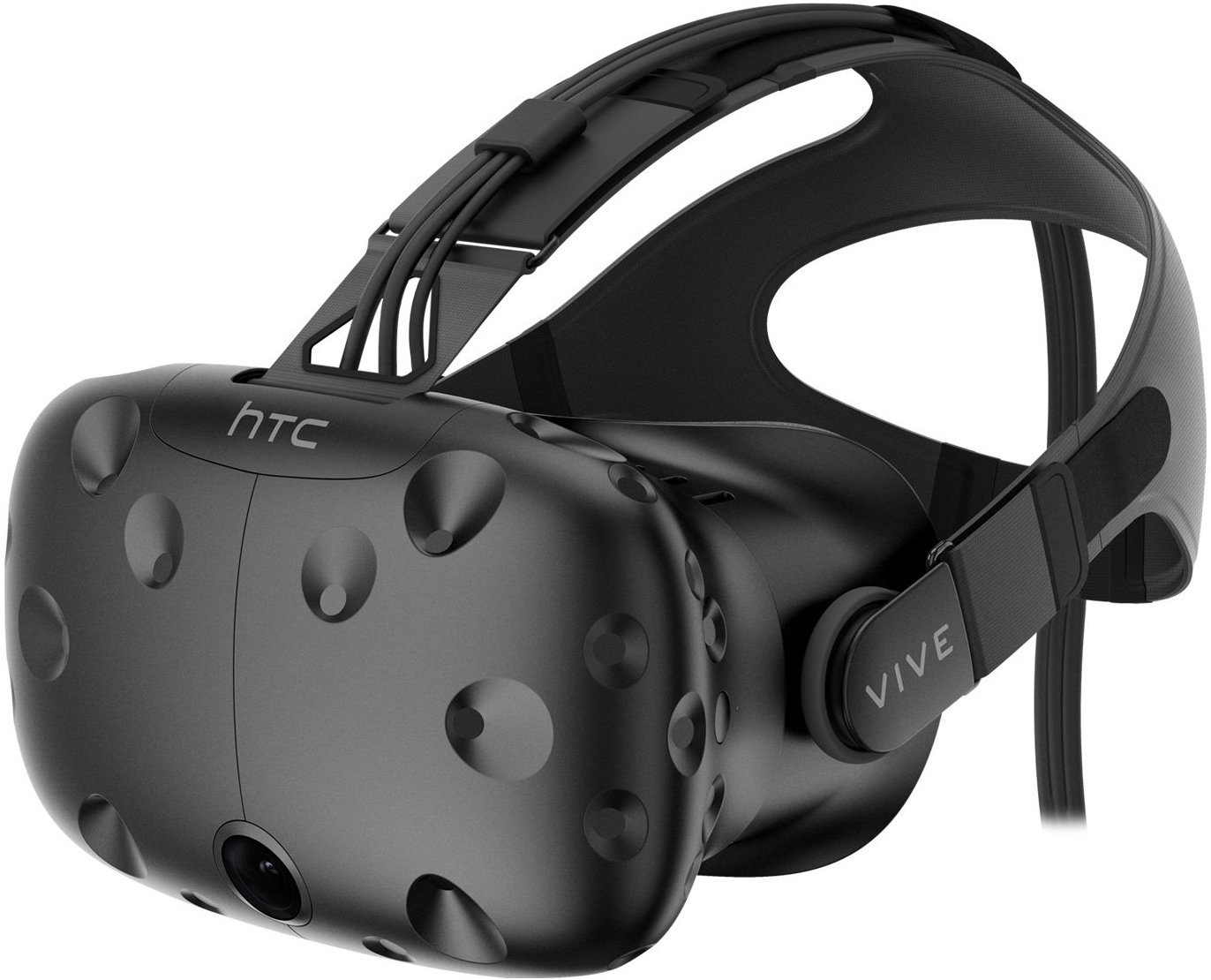
Following are some of the popular virtual reality Headsets (head-mounted display) available in the market.
Based on features offered by Virtual Reality Headset, their price varies from $50 to $800.
Computing Device (Commuter / Smart Phone)
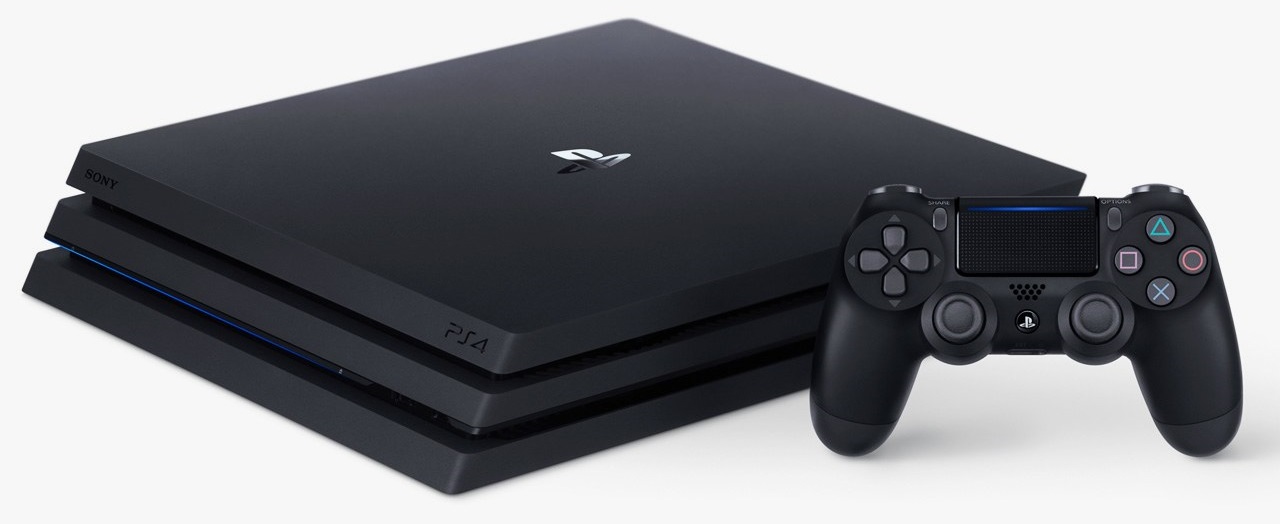
We need high computing power to run virtual content in 3D environments. You can fulfill this requirement using personal computers, play stations, workstations, or smartphones.
Virtual Reality Input and Output Devices
VR input devices help users interact with virtual environments, whereas output devices convince users that they are in a real environment.
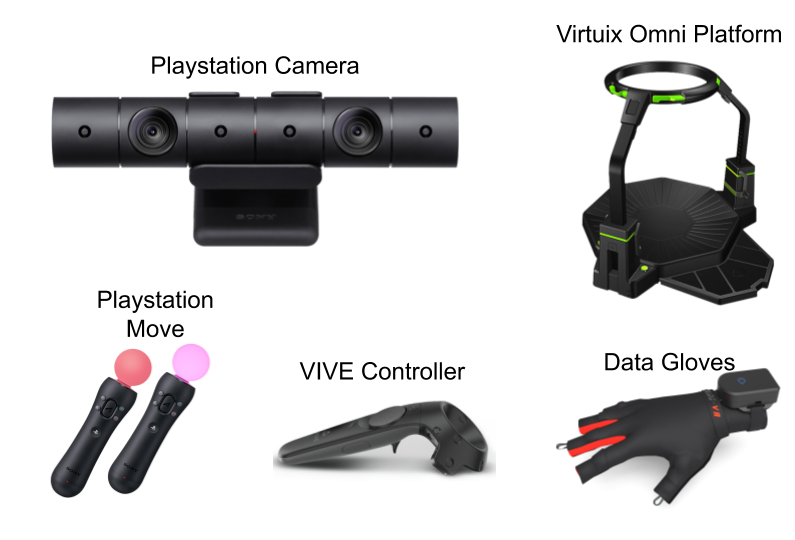
Following is the list of some of the VR input and output devices.
- Joysticks
- Force or tracking balls
- Data gloves
- Trackpads
- On-Device control buttons
- Motion trackers/Bodysuits
- Motion platforms (Virtuix Omni)
Types of Virtual Reality
Following three types of virtual reality technologies are available according to the experience they offer.
- Fully Immersive VR
- Non-Immersive VR
- Semi-Immersive VR
Fully Immersive Virtual Reality
Fully immersive types of virtual Reality provide users with a more realistic experience. In other words, users think they are in another world. To experience a fully immersive VR, users need to wear a VR headset, motion detection sensors, and feedback devices.
Matrix world is the best example of fully immersive virtual reality. Existing technologies are not advanced like the matrix world. But they are improving with time.
Non Immersive Virtual Reality
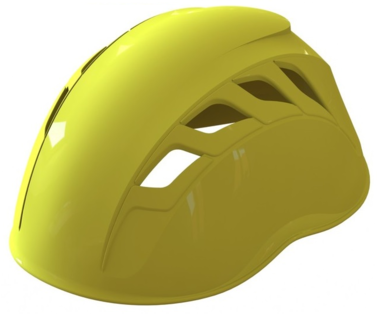
The non-Immersive type of Virtual Reality simulates only a subset of user sense. User senses are affected by the outside world.
For example, in 3D cad tools, engineers visualize a virtual product from various aspects. But they are not immersed in it. But nowadays cad tools are also offering VR solutions to their customers.
Semi-Immersive Virtual Reality
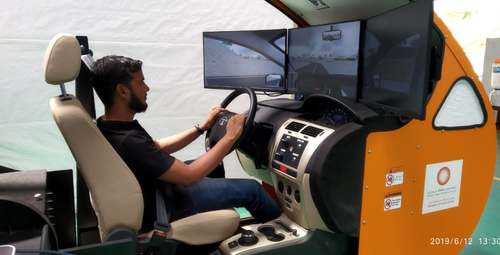
The Semi-immersive type of VR lies in between fully immersive and non-immersive VR. In this, the users are partially immersed in the VR system. For example, in a car driving simulator, the driver sits in a cabin, and road pictures with obstacles come upon a 2D screen. Therefore, the driver is fully aware of what is happening around him.
Applications of Virtual Reality
A common misconception is that VR technology is limited to the gaming industry only. But this is not true. VR has applications in education, healthcare, scientific research, product design, sports, and the entertainment industry.
VR in Education Sector
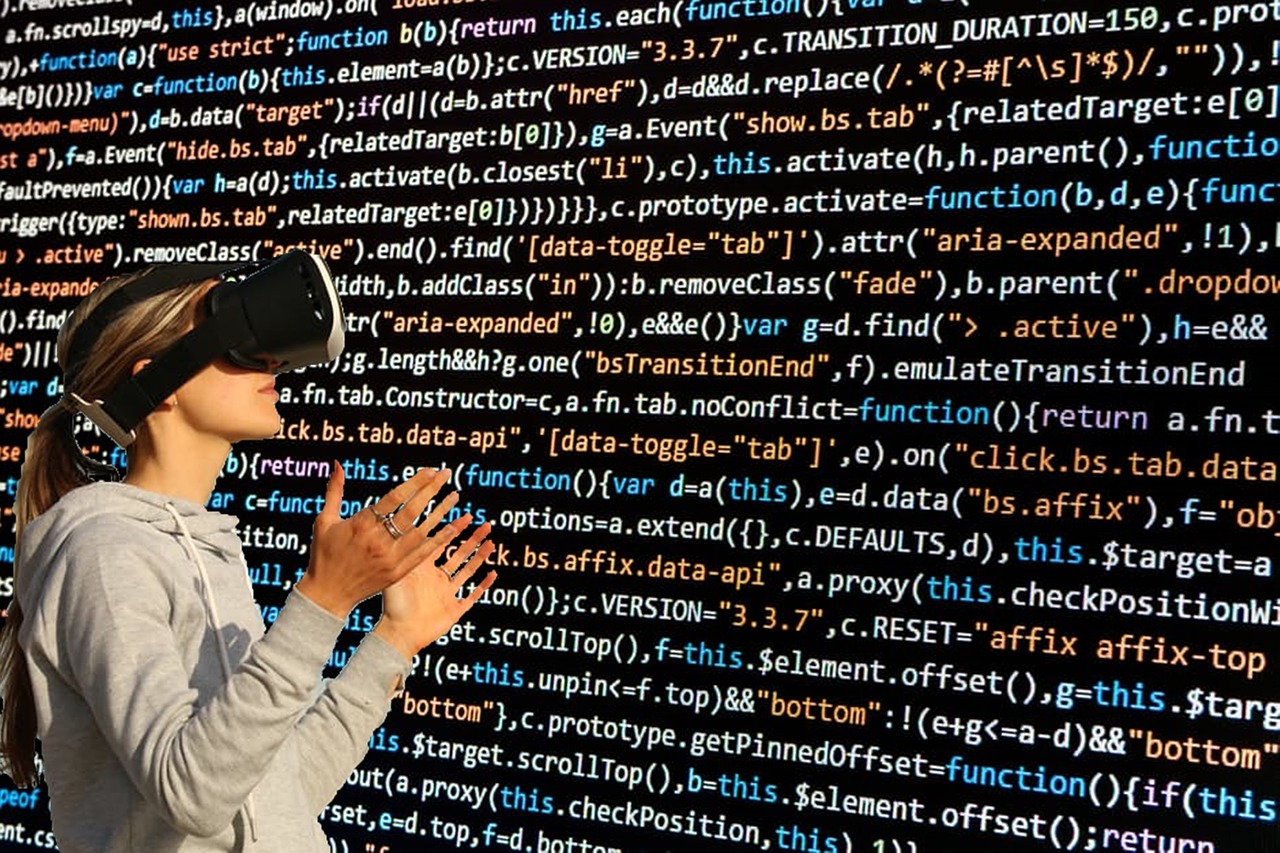
VR is changing the way students learn. Students are using VR tools to visualize difficult-to-learn concepts and improve their understanding. Fully immersive VR simulators can train fighter pilots for the next mission, Surgeons, sportsmen, and car drivers. For example, players are using VR simulators to improve performance on the ground.
VR in Entertainment Industry
Virtual reality has lots of applications in the entertainment industry. It is completely revolutionizing the entertainment industry. 360º views and 3D movies are becoming more affordable.
It is also changing the way we experience the outside world. Using VR technology, you can experience a roller coaster ride or walk on the moon’s surface without actually being there.
Virtual Reality in Product and Industrial Design
Virtual reality also has applications in product design and development. Various CAD software companies are developing plugins to enable virtual reality in their software.
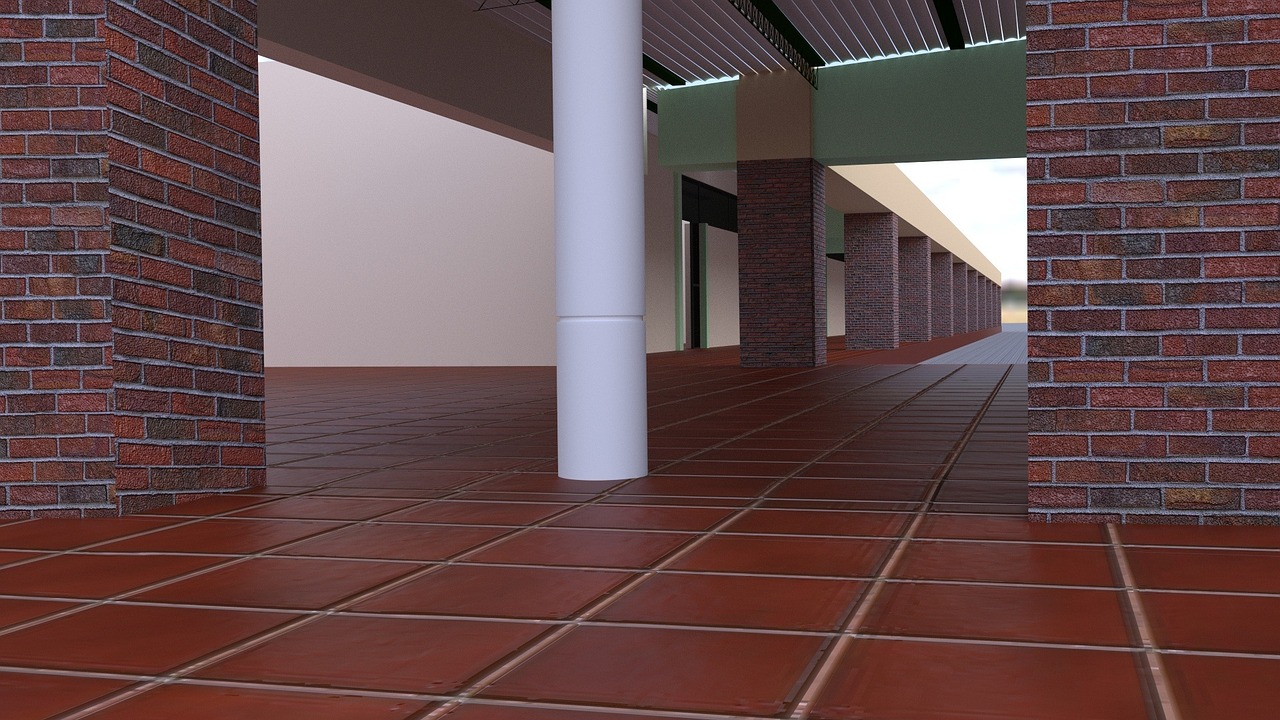
VR helps designers and customers in visualizing products before actually building them. Therefore it offers the following advantages to companies.
- Improving product design.
- Getting customer feedback in the initial phase of design.
For example, if you are a builder and want to sell a construction project. You can provide your customers property virtual tours. It will help them in making the right decisions.
VR in Sports and Games
Sportspersons always work on their weaknesses to improve performance. VR-enabled simulators can train sportspersons for different scenarios to improve performance.
Virtual Reality has also revolutionized the video gaming industry. VR games are popular because they provide a more realistic experience.
Scientific Research
Previously, micro-level structure analysis was done using microscopes. But with the evolution of VR technology and high-quality cameras, researchers can analyze micro-structures using VR head-mounted devices. It helps them analyzing things more effectively.
To sum up, virtual reality creates a virtual environment presented to our senses in such a way that we experience it as if we were there. This technology is becoming cheaper and more widespread. It is changing the way we communicate and work. We suggest you read an article on Augmented Reality and Mixed Reality.
Got Questions? We will be happy to help.
If you think we missed Something? You can add to this article by sending a message in the comment box. We will do our best to add it to this post.

Add a Comment